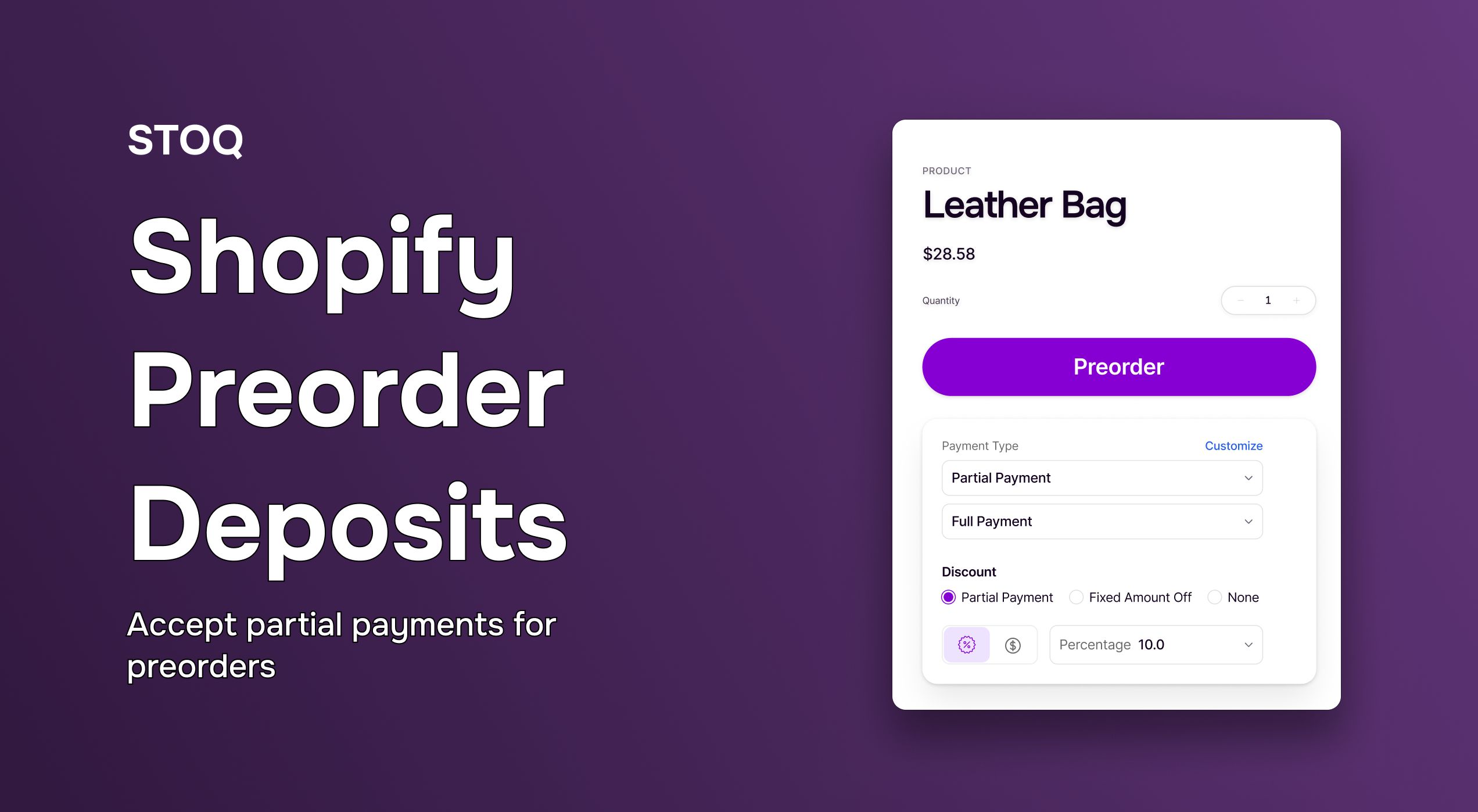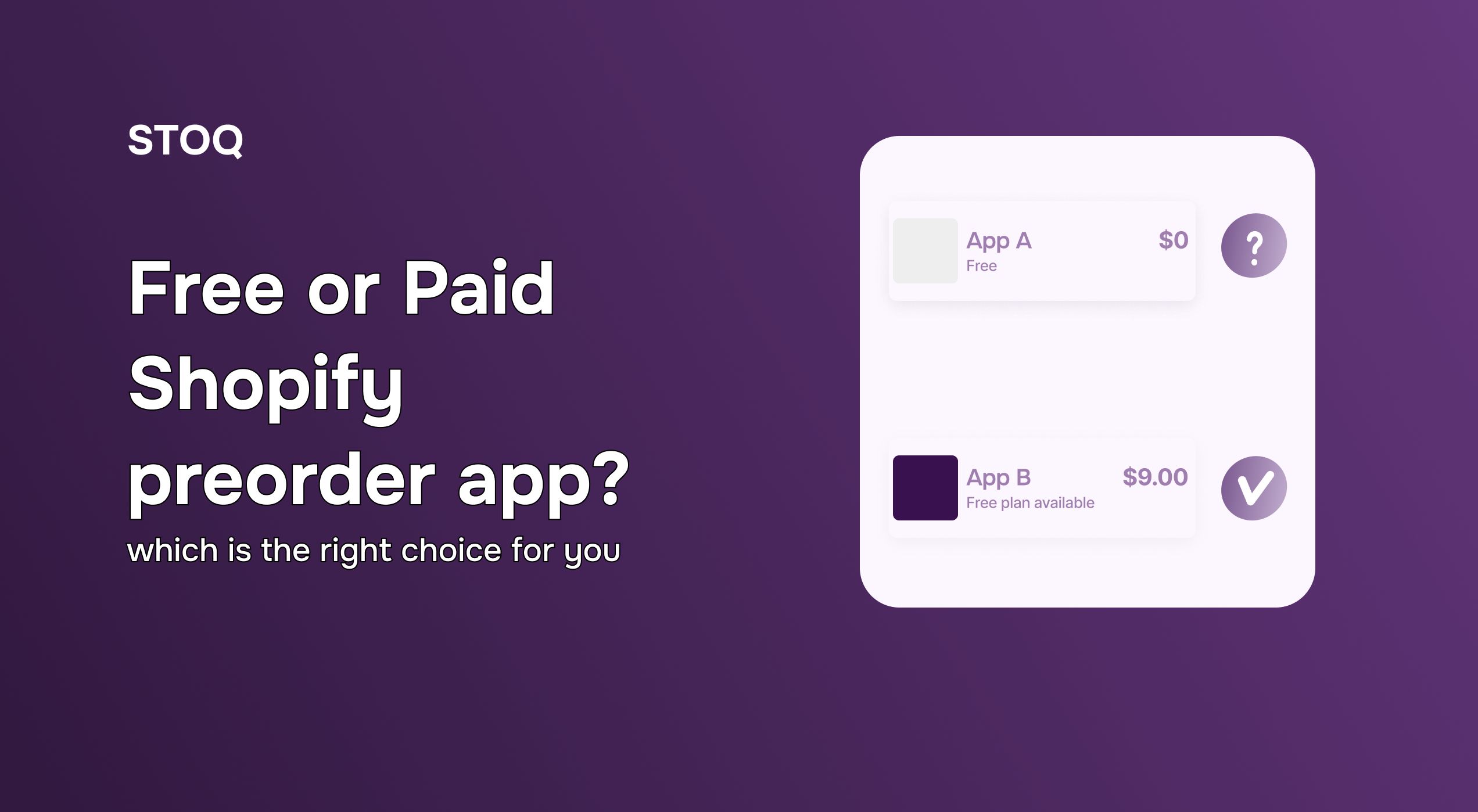How to Convert Back in Stock Subscribers Into Customers and Increase Sales

Shoppers who subscribe to restock alerts are high-intent buyers. But bringing them back to your store with back-in-stock notifications is easier said than done.
While tools like the STOQ app help automate back-in-stock notifications on popular channels like email and SMS, you must complement the tactic with other strategies.
In this post, we discuss exactly what those are to convert your subscribers into customers and increase sales.
Strategies to convert back-in-stock subscribers into customers
Here’s how we see leading brands convert their subscribers into sales:
1. Automate back-in-stock notifications
Restock alerts are the most effective strategies to bring back shoppers. STOQ enables you to not just add a ‘notify me’ button to the stocked-out product pages and gather contact details of interested consumers, but also automate communication.
With STOQ, you can automate back-in-stock notifications on email and SMS, creating custom workflows to follow-up on the subscriber’s interest. Here are some of best practices to make them work:
- Don’t just send one-time reminders; set up a follow-up campaign
- Customize templates to match your brand voice
- Personalize notifications using subscriber name and interest
- Add branded links to boost customer trust and click-through rates
- Keep customers on waitlist and continue to notify them until a purchase is made
Also read: Complete guide to Shopify back-in-stock notifications
2. Leverage social media marketing (SMM)
Social media is another excellent channel to create buzz around your restocked products. You can post about the restock on channels like Instagram, Facebook, TikTok and other channels you’ve established customer touchpoints on.
To ensure these posts convert, we recommend:
- Sharing user-generated content and influencer posts about the restocked products
- Use strong CTAs and limited-time offers to sweeten the deal
- Experiment with both static images and short videos to showcase the highlights of the product
3. Run retargeting campaigns
Not all subscribers will buy from the alert alone and social media alerts can only get so far organically. Retargeting helps recapture subscriber attention with personalized ads where they are the most active - social media channels.
But to drive higher conversions from these ad campaigns, we recommend:
- Using dynamic product ads featuring the exact products they subscribed to
- Segment ads by grouping subscribers based on browsing behavior and interest
- Create urgency-based ads with messages like ‘only a few left in stock’
4. Implement remarketing strategies
Remarketing goes beyond retargeting by re-engaging subscribers. It uses different touchpoints to remain top of the mind for the subscriber, increasing their chances of returning back to your Shopify store.
Here are some strategies we recommend setting up:
- Set up automated abandoned cart emails to remind subscribers to check out if they added the product to cart but did not complete the purchase
- Follow up with related products, customer reviews or special offers on email and SMS to keep them engaged
- Target subscribers who visited your Shopify store using Google and Meta Ads to stay top-of-mind and drive conversions
5. Personalize and incentivize campaigns
Personalization makes subscribers feel valued. But it’s the incentives that motivate them to take action faster. You can combine the two strategies to convert back-in-stock subscribers; here are some best practices to follow:
- Use names and browsing history as an anchor in your messages
- Give subscribers early access offers or small perks like free shipping
- Highlight scarcity to drive urgency with messages like ‘back in stock, but selling out fast!’
Best practices to convert back-in-stock subscribers into sales
While implementing the strategies above, we recommend following a few best practices:
- Segment your audience - Tailor alerts and ads based on subscriber behavior, preferences and location for higher engagement rate on the campaigns
- Optimize timing - Send alerts and reminders when your audience is the most active; for example, early mornings or evenings
- A/B test subject lines and CTAs - Continuously refine your messaging to improve open rates and click-through rates
- Maintain cross-channel consistency - Ensure your messaging is aligned across email, SMS, social media and ad campaigns for a seamless customer experience
Conclusion
Converting back-in-stock notification subscribers into customers requires more than just a single alert. By leveraging STOQ’s automated alerts and combining them with social media marketing, retargeting, remarketing and personalized incentives, you can create a high-converting multi-touch funnel.
Ready to convert more subscribers into customers? Get started with automating restock alerts first - install the STOQ app today.



.jpg)